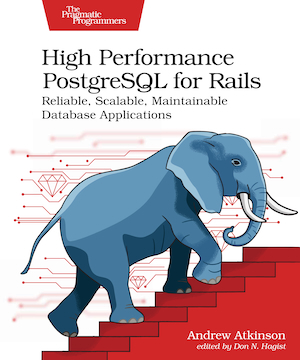When switching between multiple Ruby applications, rbenv makes it easy to find, install, and use the appropriate version for the project. Let’s take a look at how it is used.
Install
Upgrade or install ruby-build:
brew upgrade ruby-build # or `install` if ruby-build is not already installed
Add-Ons
The plugin rbenv-bundler makes it possible to not have to type bundle exec in front of every command. This can be installed with brew install rbenv-bundler.
Check Local Versions
Run rbenv versions to see available Ruby versions, and rbenv version to see the current version being used.
Check Installable Versions
rbenv install --list to list all installable versions. Rails requires version 2.2.2 or greater per the Rails Guides at the time of publication. Let’s install version 2.5.5.
Install A Ruby
rbenv install 2.5.5
Use The Ruby
Let’s make sure our Rails application is using 2.5.5 by specifying that version in the .ruby-version file in the application root directory of our Ruby project.
Now when we cd into the application root directory, and type ruby -v, we expect to see 2.5.5 as rbenv and other version managers have adopted the convention of looking for this file. Rails 5.2 officially supports this convention 1.

